- Joined
- Aug 25, 2010
- Messages
- 533
- Points
- 63
Hello dudes.
Among my multiple insane and dangerous hobbies there is also the rockets/pyrotechnic passion.
Now I'm an experienced, judicious and prudent man, but in the past I have risked many times
to loose my eyes and my hands ...
I'm a lucky man yes, and someone in the heavens loves me, but it is better to be more sensible
and cautious when handling flammable compounds!
So, here is my little tutorial how to make a very nice and professional rocket.
All the tools used in this tutorial were built by me myself :na:
A 1 inch ID, 6 inch long and 1/8 inch wall shiny red tube:
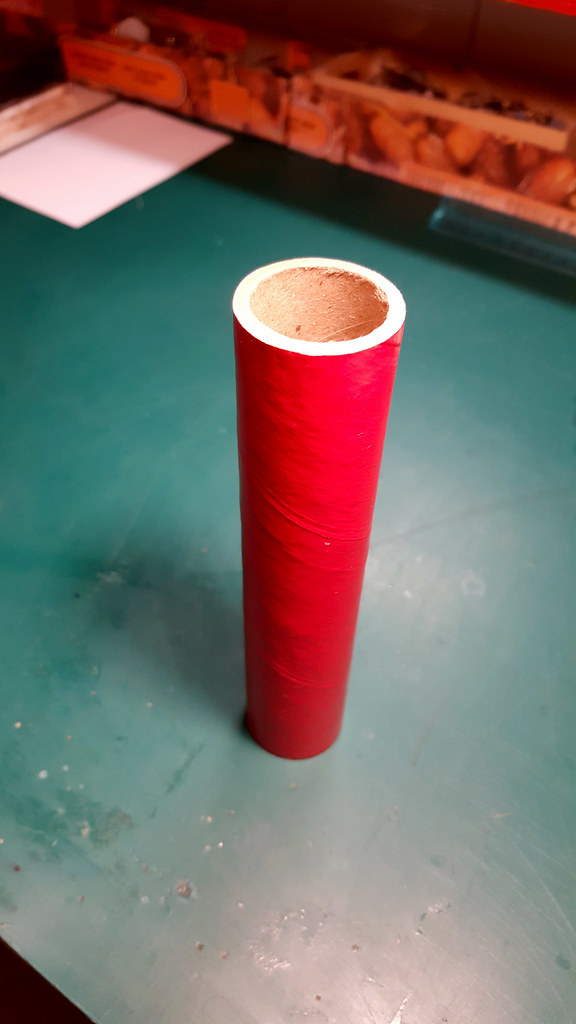
The aluminum nozzle matrix:
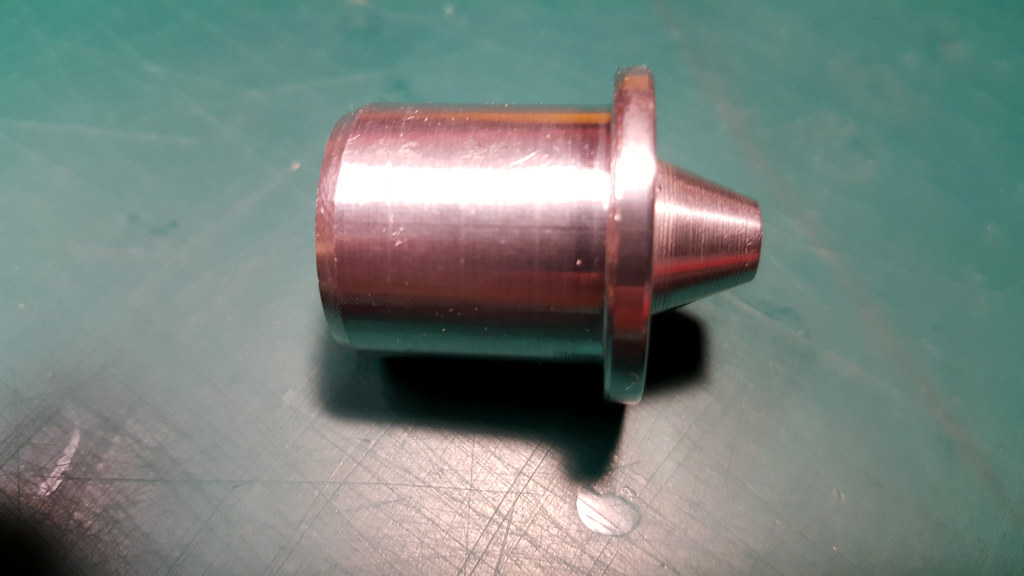
Mounting and securing with an allen screw the matrix nozzle inside a big aluminum basement:
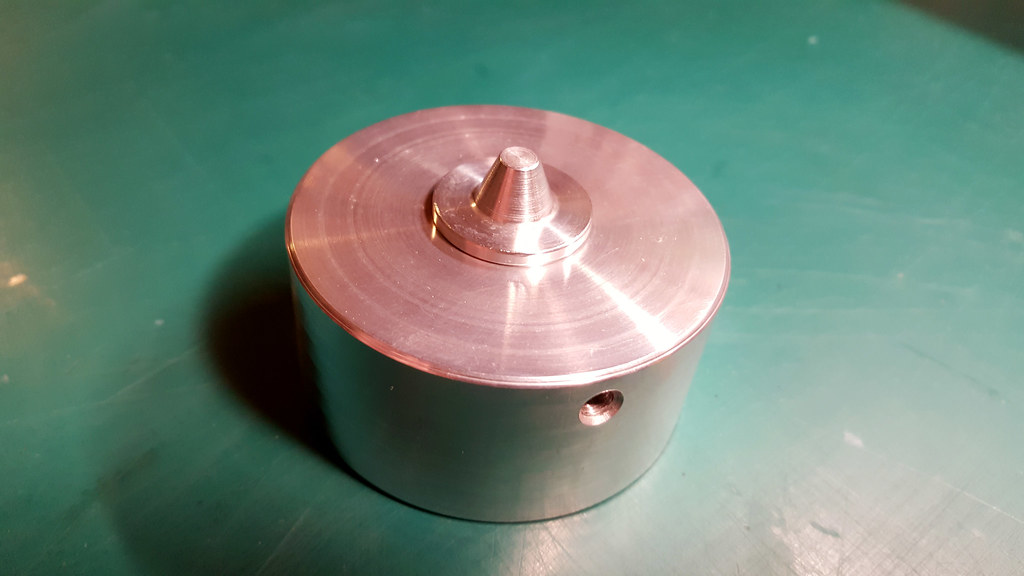
Inserting the red tube in the matrix with perfect fit:

Preparing quick-setting cement:
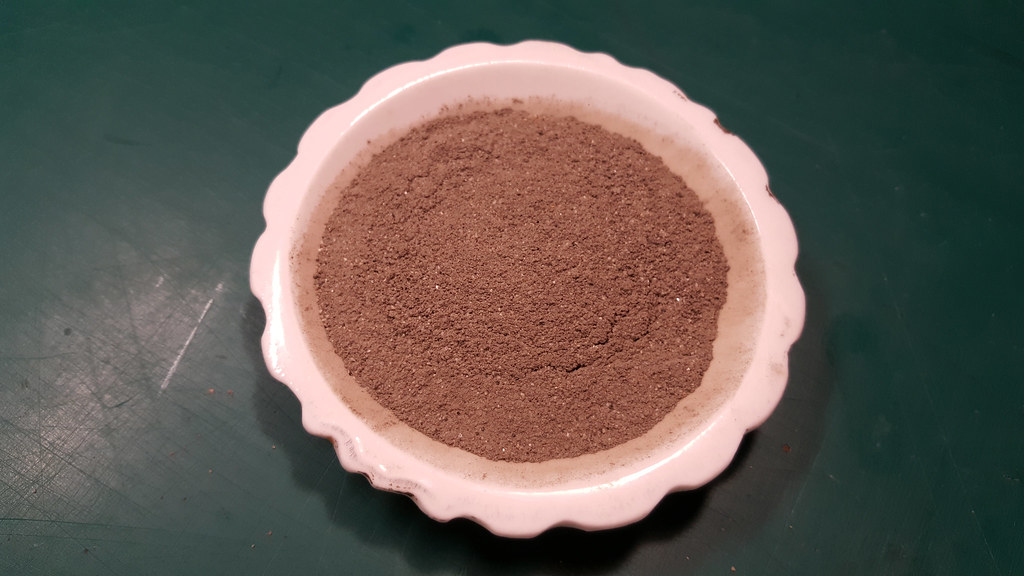
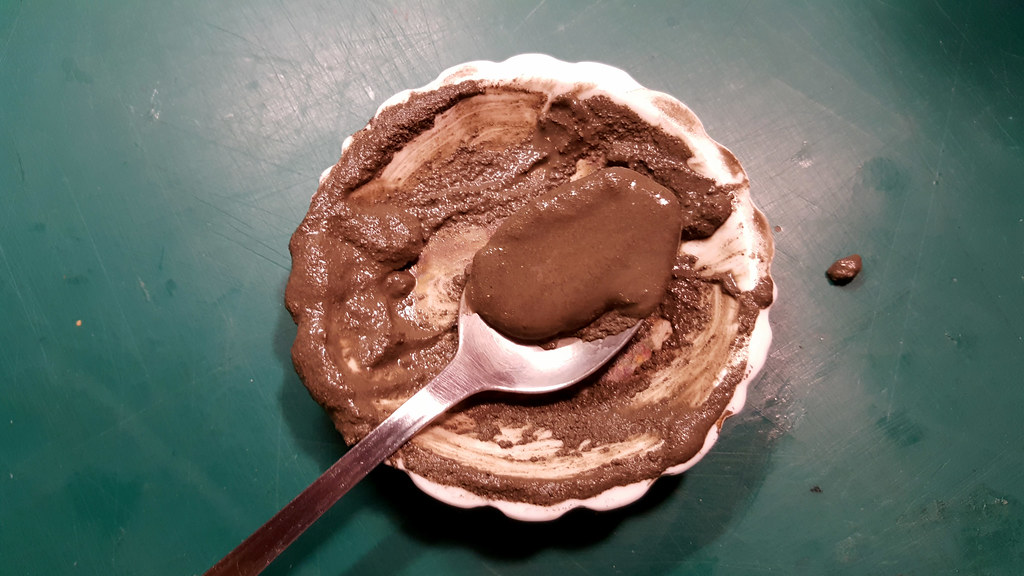
Inserting and pressing the cement:

Nozzle created:
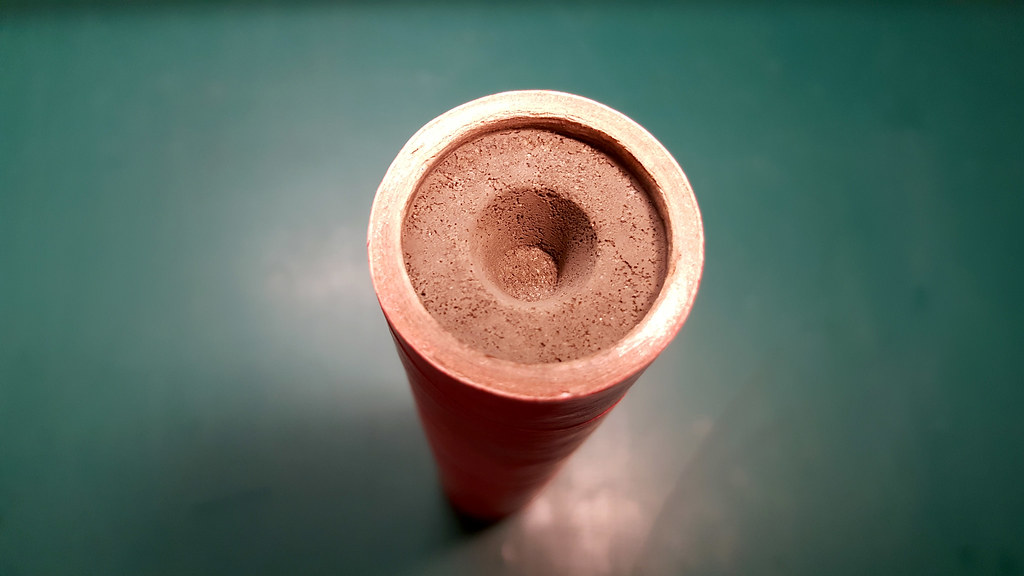
Making a 6.5mm hole:
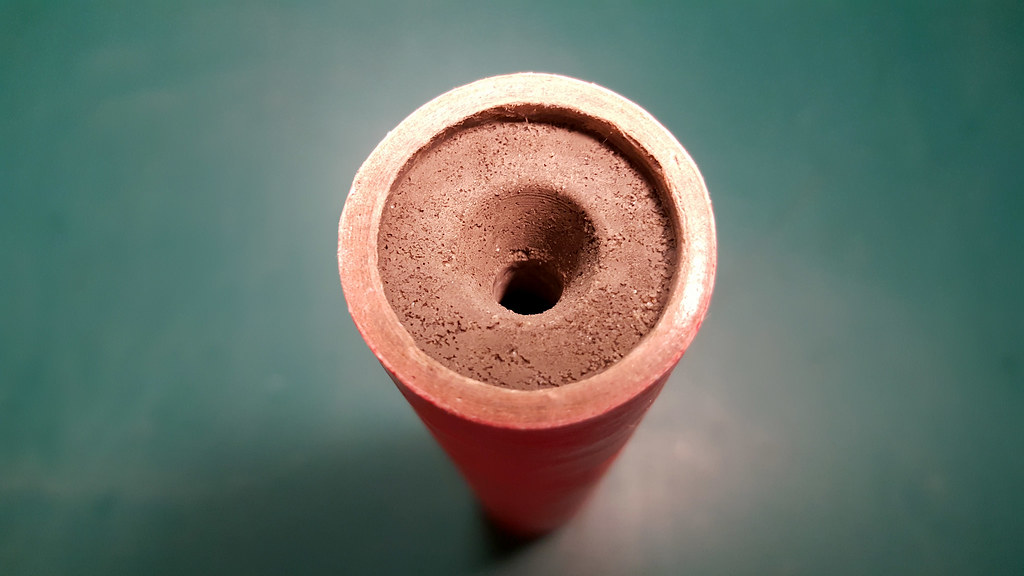
The powders - 64,5% Potassium Nitrate + 34,5% Sucrose + 1% Red Iron Oxyde:
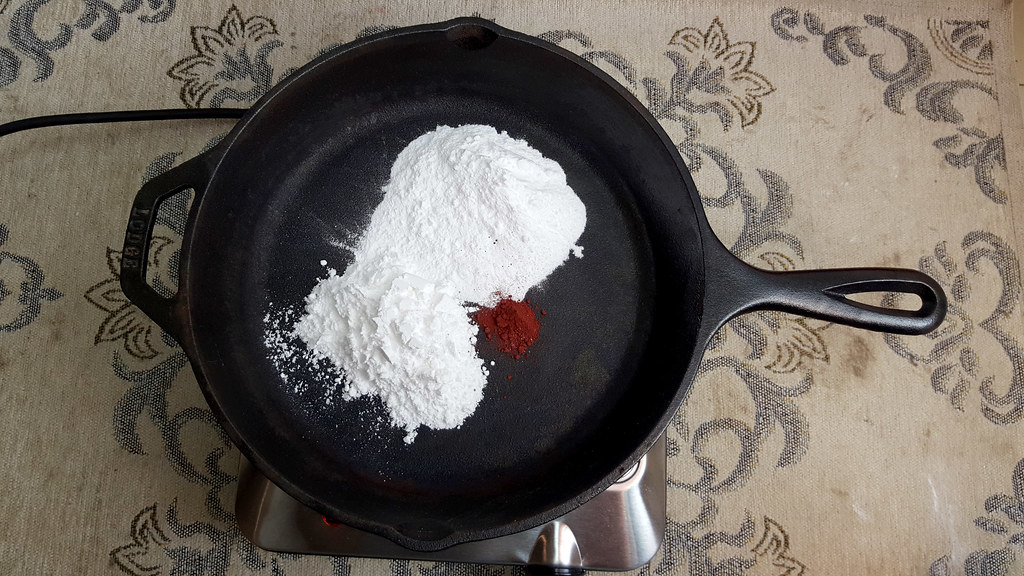
Dissolving powders in distilled water:
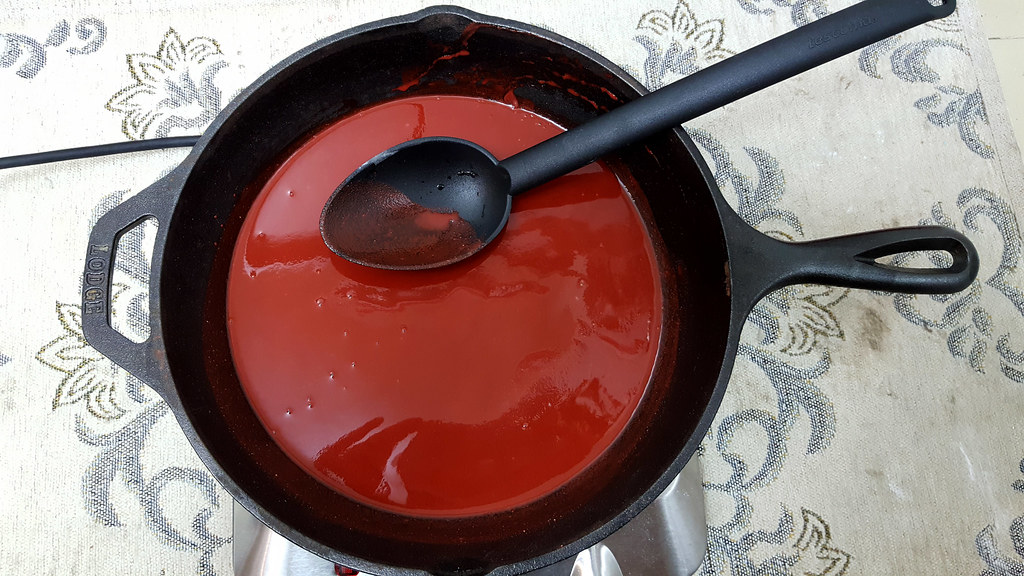
Safety first! Wearing protections (face shield and thermal gloves):
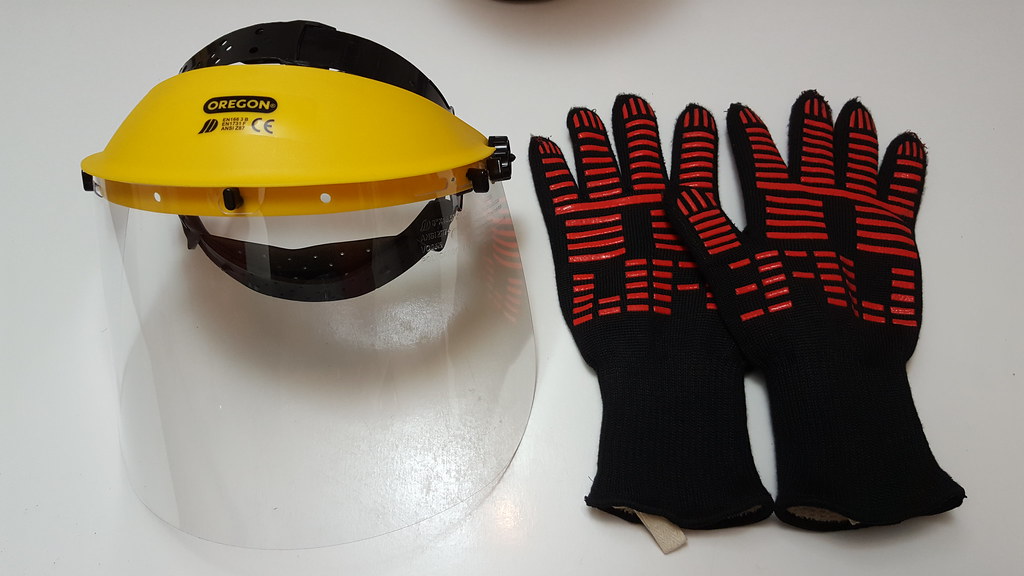
Cooked compound:
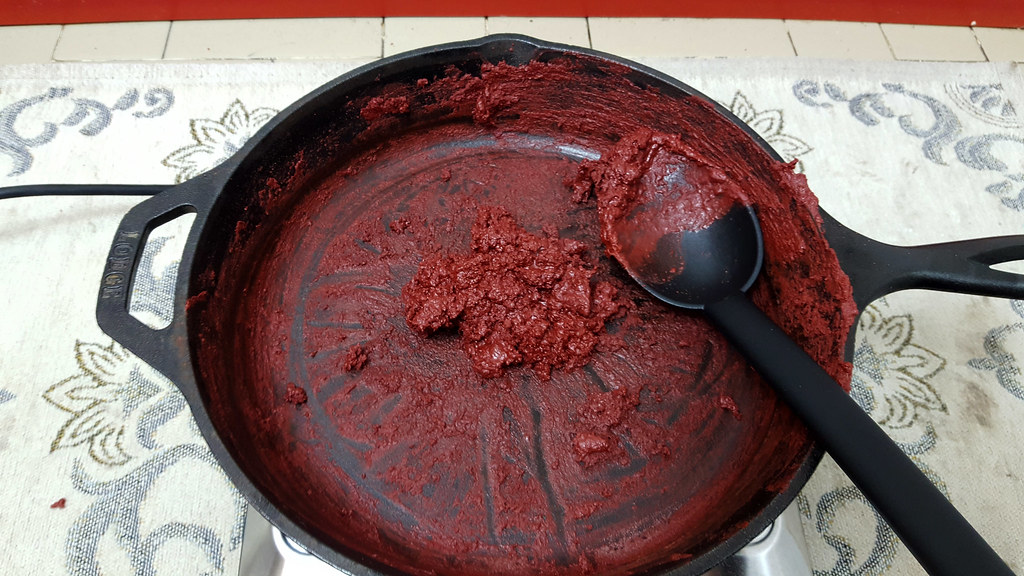
Pressing the almost dry compound, about 20-30 grams at a time:

Nozzle clogged:

Making an 6.5mm hole in the compound until reach 3/4 of the whole rocket lenght while it is still tender:
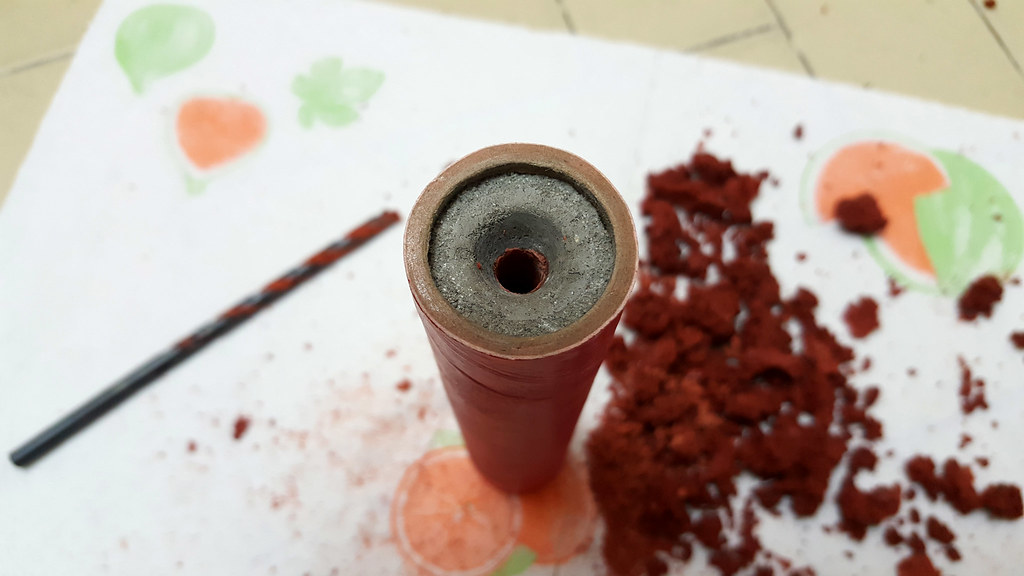
Cooking the whole rocket at 130 °C for 20 minutes into a ventilated oven to dry perfectly the powder:

Strong epossidic bicomponent compound and 1 inch PVC washers:

Putting some compound inside the cardboard tube:
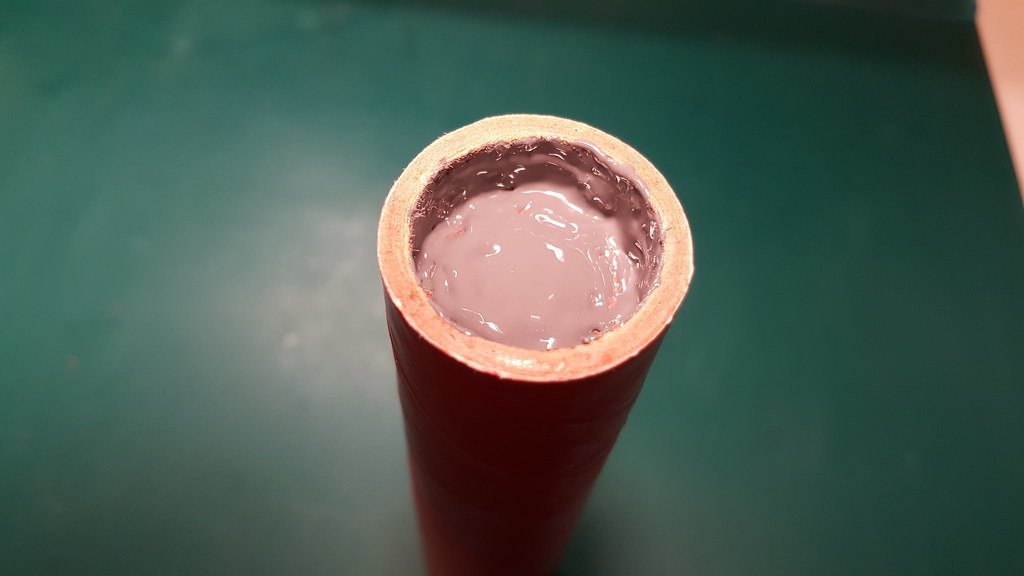
Pressing the PVC washers:

Washers glued:

Nozzle glued:
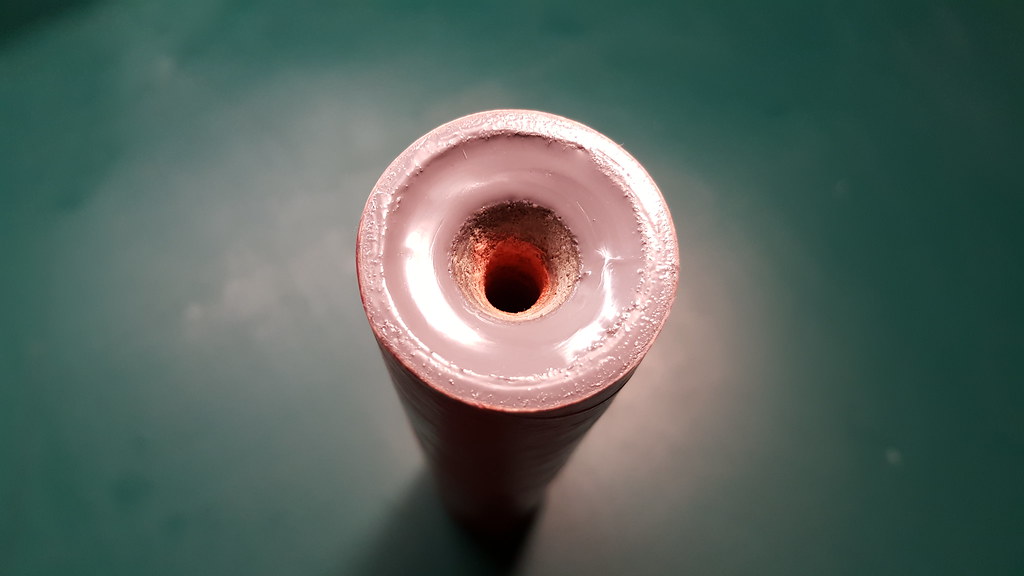
Placing some Kostrufiss glue on one side of a 1x1cm wood stick:

Rocket glued and supplemented with golden adhesive tape:
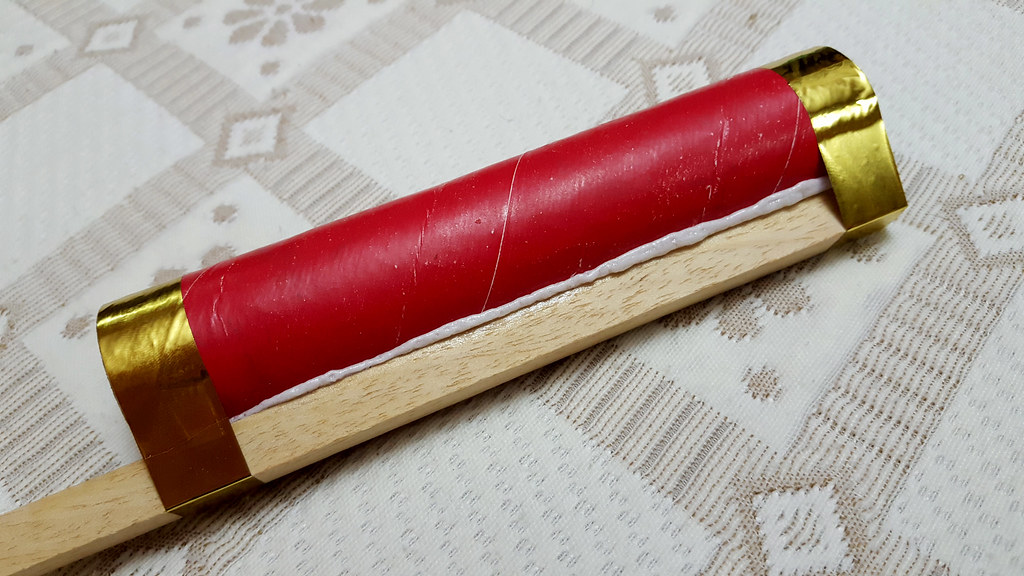
Adding a straw and some 2.5mm visco fuse:

.. and finally the rocket is ready to be lauched:
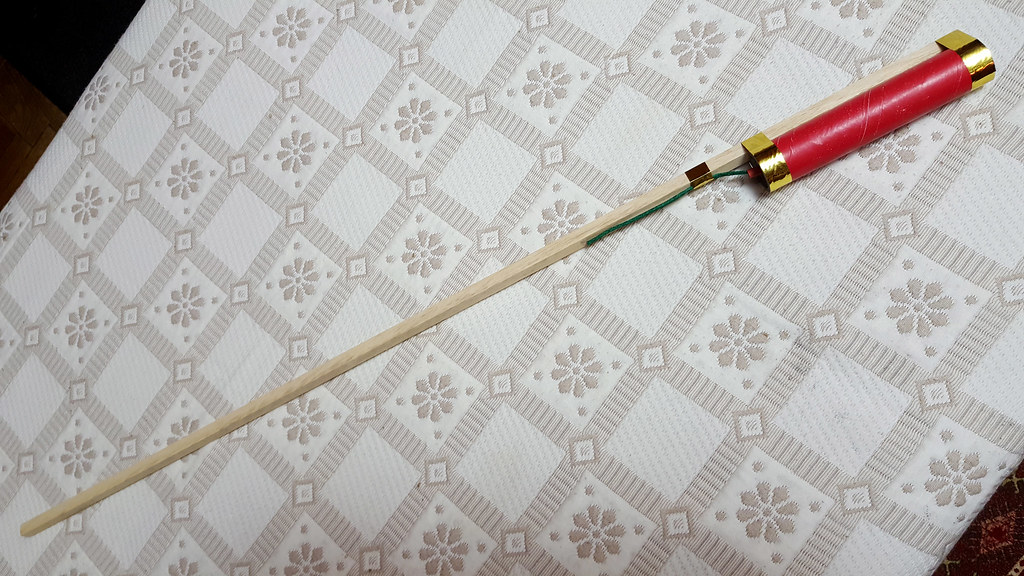
The launch!
I want to spend some more words about this project ...
This is my seventh attempt to create a custom homemade sugar rocket.
I also exaggerated a lot about the security measures taken, but this was largely due to a bad accident happened two months ago at my home.
It is absolutely essential to use face shield and thermal gloves to minimize unexpected.
Besides this, I used an electric plate to avoid open flames and regulated it at a medium power.
The compound was dissolved in distilled water before cooking it, and also when it was almost dry, it was far away from the melting temperature,
that could be near the auto-ignition threshold area.
Again, I used a solid, heavy cast iron cooking pan with a thick bottom to completely eliminate the chance of the creations of dangerous hot spots.
I also used silicon spoon and others plastic materials to avoid sparks.
Fire extinguisher and wet rags are highly recommended when making those kind of things.
Since there is a chance that the compound is not completely dry inside the rocket, it was necessary to put the whole rocket inside a ventilated
oven (after making a hole inside the compound) to eliminate every possible trace of water.
Why the use of a straw?
Because doing so the fuse ignite the compound from the innermost part of the rocket, and rapidly all the walls of the compound hole will be
ignited, from the top to the nozzle, creating a much higher pressure.
Of course this is only the beginning .. You know me :evil:
Among my multiple insane and dangerous hobbies there is also the rockets/pyrotechnic passion.
Now I'm an experienced, judicious and prudent man, but in the past I have risked many times
to loose my eyes and my hands ...
I'm a lucky man yes, and someone in the heavens loves me, but it is better to be more sensible
and cautious when handling flammable compounds!
So, here is my little tutorial how to make a very nice and professional rocket.
All the tools used in this tutorial were built by me myself :na:
A 1 inch ID, 6 inch long and 1/8 inch wall shiny red tube:

The aluminum nozzle matrix:

Mounting and securing with an allen screw the matrix nozzle inside a big aluminum basement:

Inserting the red tube in the matrix with perfect fit:

Preparing quick-setting cement:


Inserting and pressing the cement:

Nozzle created:

Making a 6.5mm hole:

The powders - 64,5% Potassium Nitrate + 34,5% Sucrose + 1% Red Iron Oxyde:

Dissolving powders in distilled water:

Safety first! Wearing protections (face shield and thermal gloves):

Cooked compound:

Pressing the almost dry compound, about 20-30 grams at a time:

Nozzle clogged:

Making an 6.5mm hole in the compound until reach 3/4 of the whole rocket lenght while it is still tender:

Cooking the whole rocket at 130 °C for 20 minutes into a ventilated oven to dry perfectly the powder:

Strong epossidic bicomponent compound and 1 inch PVC washers:

Putting some compound inside the cardboard tube:

Pressing the PVC washers:

Washers glued:

Nozzle glued:

Placing some Kostrufiss glue on one side of a 1x1cm wood stick:

Rocket glued and supplemented with golden adhesive tape:

Adding a straw and some 2.5mm visco fuse:

.. and finally the rocket is ready to be lauched:

The launch!
I want to spend some more words about this project ...
This is my seventh attempt to create a custom homemade sugar rocket.
I also exaggerated a lot about the security measures taken, but this was largely due to a bad accident happened two months ago at my home.
It is absolutely essential to use face shield and thermal gloves to minimize unexpected.
Besides this, I used an electric plate to avoid open flames and regulated it at a medium power.
The compound was dissolved in distilled water before cooking it, and also when it was almost dry, it was far away from the melting temperature,
that could be near the auto-ignition threshold area.
Again, I used a solid, heavy cast iron cooking pan with a thick bottom to completely eliminate the chance of the creations of dangerous hot spots.
I also used silicon spoon and others plastic materials to avoid sparks.
Fire extinguisher and wet rags are highly recommended when making those kind of things.
Since there is a chance that the compound is not completely dry inside the rocket, it was necessary to put the whole rocket inside a ventilated
oven (after making a hole inside the compound) to eliminate every possible trace of water.
Why the use of a straw?
Because doing so the fuse ignite the compound from the innermost part of the rocket, and rapidly all the walls of the compound hole will be
ignited, from the top to the nozzle, creating a much higher pressure.
Of course this is only the beginning .. You know me :evil:
Last edited:





